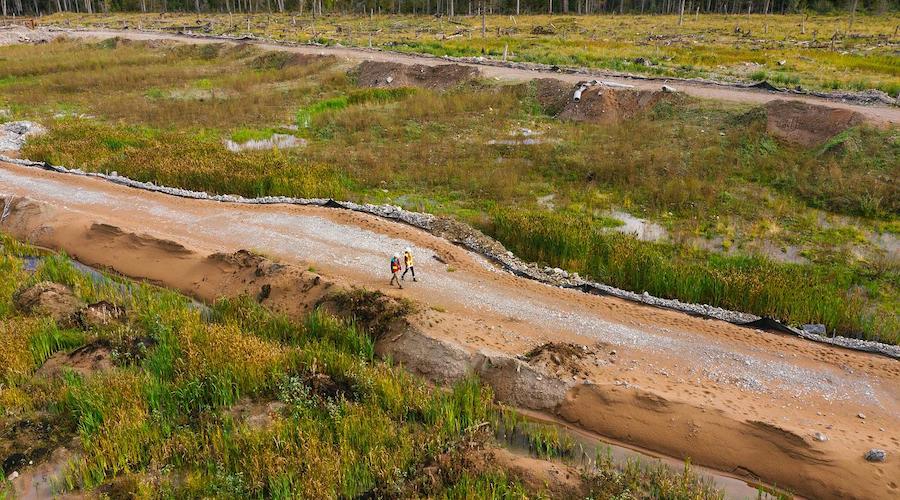
“Although contaminant concentrations were highest immediately after the breach and have been falling ever since, sites are still contaminated several years after the initial event,” the paper, which was published in the journal Environmental Science and Pollution Research, states. “Cu and Al are bioavailable to mayfly larvae and Cu is bioavailable to H. azteca even four years after the initial breach. Our study suggests that sediment, not overlying water, is the likely source of potentially toxic contaminants.”
The document points out that the local environmental conditions do not favour the most bioavailable and toxic forms of metals, such as low pH, hardness, and DOC.
The process
To reach their conclusions, the scientists behind the study collected and analyzed water, sediment, freshwater scuds (Hyalella azteca), and mayfly larvae (Ephemeroptera) during the summer of 2018 from Polley Lake, affected and unaffected sites in Quesnel Lake, and both mine-contaminated and clean far-field sites as references.
They also conducted a controlled laboratory exposure to determine if laboratory-reared Hyalella azteca metal concentrations were related to field-collected water or sediments from the same sites as the field study.
Half of the replicates prevented amphipods from directly contacting sediments (water-only exposure), while the other half allowed them direct access (sediment and water exposure).
Whole-body Cu concentration was highest in Hyalella exposed to substrate from the most contaminated sites as well as in treatments where they were allowed direct access to sediments. Hyalella having direct access to metal-contaminated sediments showed reduced survival and growth relative to those in reference or control treatments.
“These results suggest that metals from the fine sediments associated with the Mount Polley mine disaster are bioavailable and potentially toxic to epibenthic invertebrates, even several years after the initial breach,” the paper states.
In the researchers’ view, local reductions in these invertebrate populations could lead to reduced food availability for fish and other species that rely on macroinvertebrates for nutrition. Moreover, they say that metal-contaminated macroinvertebrates could serve as a significant source of metals to fish populations.




